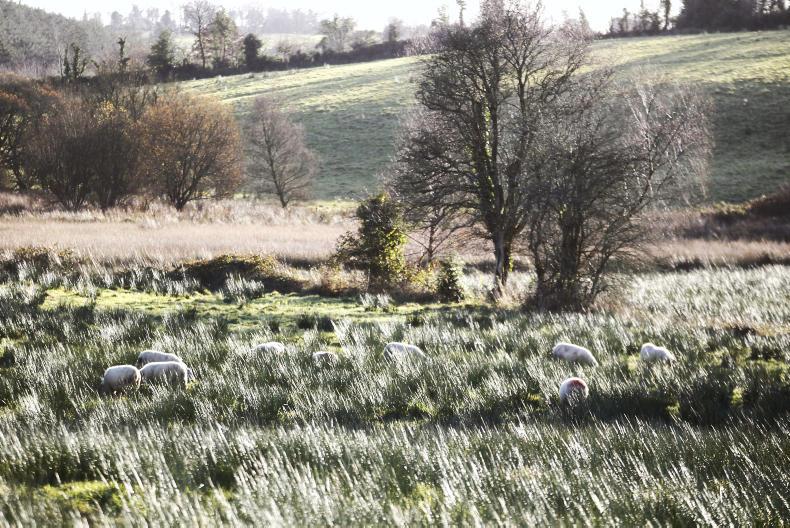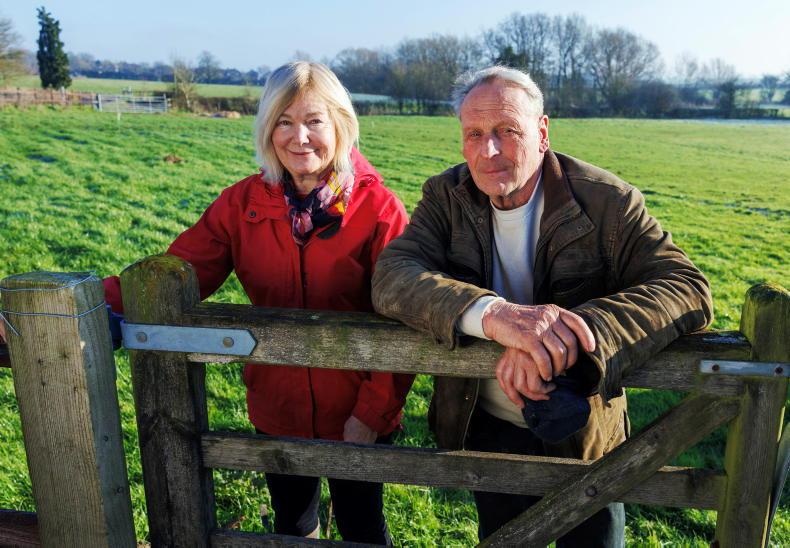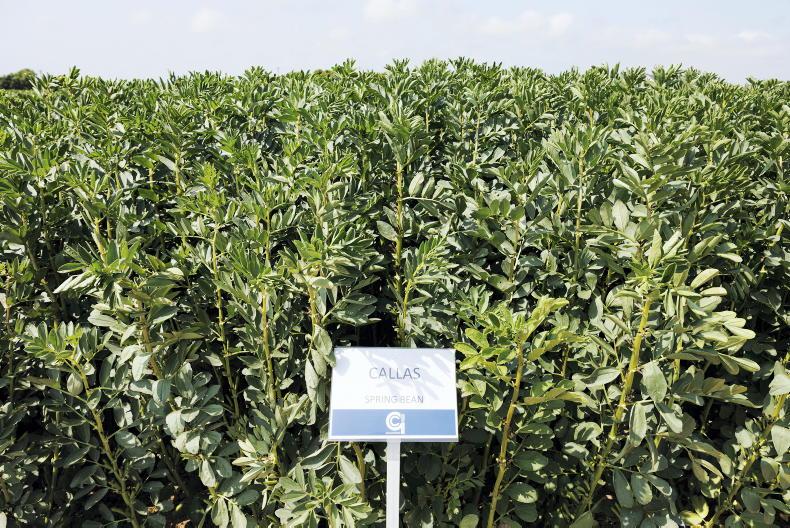Bernard Carey, project leader of biomass to Biochar for Farm Bio-Economy, based in Mountshannon, explains that their project aims to develop a local bioeconomy that will help the environment and generate a further income stream for farmers, particularly those in the Sliabh Aughty region, east Clare, the Burren and Connemara.
“The process will be akin to days past when the trashing mill went from farm to farm to thresh the cereal crops. Only we will be turning rushes into biochar,” he said.
Biochar is a carbon-based product, which will be created when rushes and other scrub material are fed into a specially-designed machine, using heat in a low-oxygen environment.
The unit itself will be made by a company in Thurles and has to be custom-built because it doesn’t exist
“Nearly every month there is a new use being found for it. Effectively, it is charcoal in its simplest form but when it is added to soil, it’s called biochar,” Carey said.
As a result of their project proposal, which was successful in securing funding in the region of €1m from the Department of Agriculture under the European Innovation Partnership fund, a unit is currently being made to produce biochar.
Uses of biochar
“The unit itself will be made by a company in Thurles and has to be custom-built because it doesn’t exist," Carey explained.
"That will be towed behind a tractor. I will arrive out to a farmer, who will previously have baled his rushes and on-site I chop them with a machine I’ll have.
"They will then be fed into this new unit. Using heat in a low-oxygen environment, the rushes will be turned into biochar.
"Biochar can be reapplied to the land as a form of fertiliser. It can also be used in animal feed to improve the health of the animals.
"It can be added to slurry tanks directly to reduce greenhouse emissions or just added back to land as a liming agent and locking up carbon in the soils for hundreds of years,” he explained.
Because this is a new concept, the operational group are partnering with research institutions to measure the benefits and environmental sustainability of the project.
It is hoped that an approach could be adopted where an agri-environmental scheme would be established.
This pilot project will span four years and was given the go-ahead in December 2017, with funding coming on stream in October 2018.
“We have identified people but we will be looking for more landowners in this area, so we will have public meetings possibly in Scariff and Woodford to explain what it is about.
"Farmers will be paid for their bales of rushes but this is a pilot project, it is a stepping stone. This is new science but old technology,” he concluded.
Read more
A local approach to agri-environmental payments
Bernard Carey, project leader of biomass to Biochar for Farm Bio-Economy, based in Mountshannon, explains that their project aims to develop a local bioeconomy that will help the environment and generate a further income stream for farmers, particularly those in the Sliabh Aughty region, east Clare, the Burren and Connemara.
“The process will be akin to days past when the trashing mill went from farm to farm to thresh the cereal crops. Only we will be turning rushes into biochar,” he said.
Biochar is a carbon-based product, which will be created when rushes and other scrub material are fed into a specially-designed machine, using heat in a low-oxygen environment.
The unit itself will be made by a company in Thurles and has to be custom-built because it doesn’t exist
“Nearly every month there is a new use being found for it. Effectively, it is charcoal in its simplest form but when it is added to soil, it’s called biochar,” Carey said.
As a result of their project proposal, which was successful in securing funding in the region of €1m from the Department of Agriculture under the European Innovation Partnership fund, a unit is currently being made to produce biochar.
Uses of biochar
“The unit itself will be made by a company in Thurles and has to be custom-built because it doesn’t exist," Carey explained.
"That will be towed behind a tractor. I will arrive out to a farmer, who will previously have baled his rushes and on-site I chop them with a machine I’ll have.
"They will then be fed into this new unit. Using heat in a low-oxygen environment, the rushes will be turned into biochar.
"Biochar can be reapplied to the land as a form of fertiliser. It can also be used in animal feed to improve the health of the animals.
"It can be added to slurry tanks directly to reduce greenhouse emissions or just added back to land as a liming agent and locking up carbon in the soils for hundreds of years,” he explained.
Because this is a new concept, the operational group are partnering with research institutions to measure the benefits and environmental sustainability of the project.
It is hoped that an approach could be adopted where an agri-environmental scheme would be established.
This pilot project will span four years and was given the go-ahead in December 2017, with funding coming on stream in October 2018.
“We have identified people but we will be looking for more landowners in this area, so we will have public meetings possibly in Scariff and Woodford to explain what it is about.
"Farmers will be paid for their bales of rushes but this is a pilot project, it is a stepping stone. This is new science but old technology,” he concluded.
Read more
A local approach to agri-environmental payments










SHARING OPTIONS